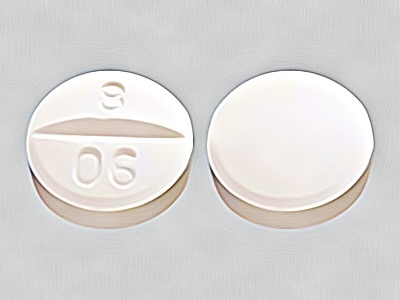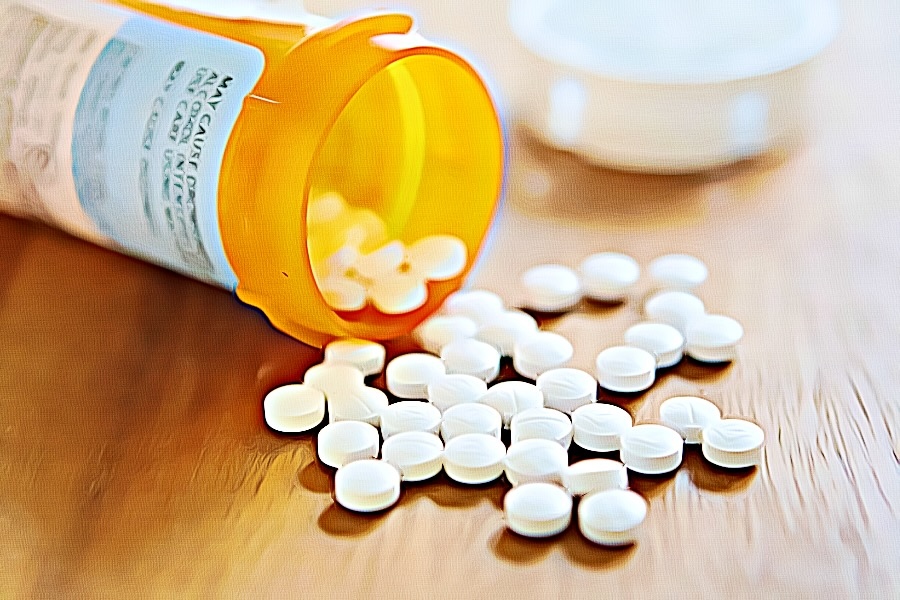Narcotics are long-established to be dangerous, especially since they can be highly addictive. Although they can be legally prescribed by healthcare professionals, they’re also sold as illicit drugs on the streets. This includes the ever-prevalent opioid painkillers, which can be devastatingly addictive. Others include tramadol, methadone, fentanyl, and even codeine.
One that elicits attention, however, is trazodone. It’s an antidepressant commonly prescribed to those suffering from depression and comes in various brand names like Dividose, Desyrel, and Oleptro. Doctors also make use of these drugs to treat insomnia and alcoholism, but the danger lies in its capabilities of making the user highly dependent.
For these reasons alone, trazodone has owned a spot in the category of selective serotonin reuptake inhibitors (SSRIs), which are essentially drugs that affect the brain’s chemical balances. This makes the drug a powerful mind-altering drug, which is why people all over the country become dependent on it—and can never escape its clutches.
If you find you or a loved one falling into the traps of trazodone, this comprehensive guide was made for you. We talk about the drug as a controlled substance, its intended uses, and above all the side effects you may end up suffering from. Learn more about trazodone here:
Is Trazodone a Controlled Substance?
Every controlled substance can be prescribed by doctors, but too much of it can cause addiction and lead to abuse. This is why they’re named as such—they need to be controlled in every possible way. People who take these drugs are vulnerable to addiction and abuse, which is why the federal government has created and implemented laws that protect a person’s integrity. Anyone caught taking controlled substances without proper prescriptions can face criminal charges, both from the state and federal law authorities.
Based on the Controlled Substances Act, these drugs can be grouped into various categories, such as the following:
- Schedule I: Pertains to drugs with no medical use, such as heroin. These have a high potential for abuse and are considered unsafe in every possible circumstance.
- Schedule II: Pertains to drugs with limited medical purposes, but have a high potential for addiction and abuse. If you have a prescription, however, you cannot be persecuted under the law.
Unfortunately, trazodone is not classified as a controlled substance in America. While this may be the case, patients are still advised to remain cautious. Instructions from doctors must also be taken seriously, particularly when it comes to dosage.
Potential for Abuse
For many people suffering from depressive episodes, chronic alcoholism, and even insomnia, trazodone is prescribed for long-term use. Keep in mind that the drug is not inherently harmful, even if one is asked to take the drug for months and years. Dependence, however, is a common side effect.
People with prescribed trazodone take it to feel relatively normal, particularly those suffering from depression. Addiction, however, is difficult to gauge. People who become dependent on it do not crave the drugs, but rather, experience a certain degree of dysfunction without them. Withdrawal symptoms are also common, even for those who take it as prescribed medicine.

People who need to get off trazodone need to be supported by professionals, especially since most end up being dependent on the substance. In the worst-case scenario, people who grow dependent on the drug visit various doctors to get a prescription, while others end up turning to the black market for illegal purchases.
What Is Trazodone Used For?
As previously mentioned, trazodone is a prescription drug used to treat various mental disorders. It’s available in tablet form, coming various milligrams such as:
- 25 mg
- 50 mg
- 100 mg
- 150 mg
- 300 mg
Dosage, however, starts at 150mg daily, which can then be increased in increments of 50 mg depending on the person’s response to the substance. It’s instructed to be taken with food, as it affects the brain’s neurotransmitters. These include serotonin, norepinephrine, and histamine, directly impacting the chemical imbalances that cause depression. Keep in mind that trazodone is mainly used to prevent the uptake of the hormone serotonin, allowing it to be more available for the body’s use.
Apart from alleviating the symptoms of depression, the drug is also known to affect one’s energy levels, mood, and even appetite. This is due to the balance restored in the brain’s serotonin levels, thereby allowing a person to feel relatively normal. In some cases, trazodone is also used to treat insomnia, aggression, and even agitation, most of which are associated with dementia.
The drug is generally considered as safe, but other levels are not regulated by the FDA. For this reason, the chances of dependence, abuse, and overdose are highly likely.
Note: Never use trazodone without a doctor’s prescription.
Trazodone Side Effects
As previously mentioned, trazodone is generally safe. However, not all body responses are equal. For others, trazodone can lead to either mild or serious effects, most of which warrant the help of a healthcare professional. Here’s an extensive list of the known side effects:
Common Side Effects
These effects generally go away after a few days or can take a couple of weeks before things start settling:
- Sleepiness or drowsiness
- Swelling
- Dizziness
- Blurred vision
- Stuffy nose
- Diarrhea
- Weight loss
Severe Side Effects
Drugs affect individuals in various ways and unfortunately for some, the side effects can be serious. If you or a loved one experience any of the symptoms listed below, it’s best to call 911 right away—most of it can become life-threatening without proper medical attention:
Cognitive effects such as :
- More prominent suicide ideation
- More thoughts about death
- Suicide attempts
- New forms of anxiety
- New forms of depression
- Worsening of anxiety and depression
- A feeling of restlessness and agitation
- Insomnia or lack of sleep
- Panic attacks
- Irritability
- Aggression, angry outbursts, and even violence
- Dangerous impulses, often enacted
- Unusual changes in mood and behavior
- The onset of mania, which can be an increase in various activities
Vision problems such as the following conditions:
- Any changes in vision, including a blurred vision and various disturbances
- Eye pain
- Redness
- Swelling
- Irregular heartbeat
A lowered blood pressure, symptoms of which include the following:
- Unusual bruising
- Unusual bleeding
- Dizziness whenever there’s a change in position
- Fainting spells
- For men, an erection that lasts longer than 4 hours
An attack of the serotonin syndrome, characterized by the following conditions:
- Extreme confusion
- Troubled thinking patterns
- Agitation and restlessness
- Coordination problems
- A fast heartbeat or heart rate
- Hallucinations, which includes hearing voices or seeing things
- Tightness in the muscles
- Difficulty in walking
- Nausea and vomiting
- Digestive problems, such as diarrhea
Treating a Trazodone Dependence—It’s Never Too Late
Trazodone is an incredibly powerful drug used to alleviate various mental health concerns, including deadly depression. Unfortunately, the power can also lead to dependence, which is why countless individuals go through withdrawals, purchase it in illegal ways, and so much more. The side effects can also be deadly, especially considering that it affects more than just the physical realm of health.
The use of trazodone must be taken with the assistance of a doctor, and should you find yourself dealing with dependence, your respective treatment facility will find ways to soothe the withdrawal process. Healing will be made more comfortable for you, regardless of your current state.
Source:

